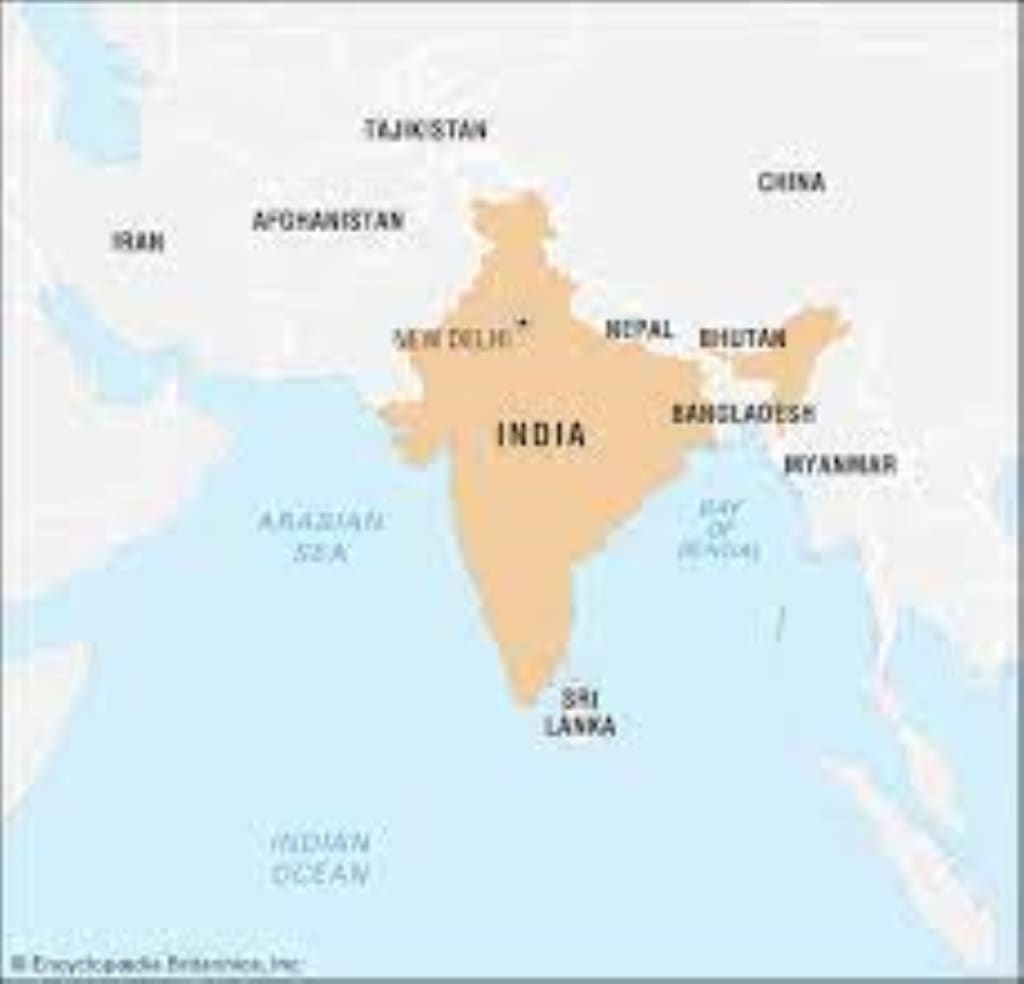India and its culture
India culture, traditional and nationality

India is a country located in South Asia, bordered by Pakistan to the northwest, China and Nepal to the north, Bhutan to the northeast, Bangladesh and Myanmar to the east, and the Indian Ocean to the south. It is the world's seventh-largest country by area and the second-most populous country, with over 1.3 billion people.
India is a diverse and multicultural country, with 28 states and 8 union territories. It has a rich history and culture, with many ancient monuments and temples that attract tourists from all over the world. India is also famous for its cuisine, which is known for its use of spices and flavors.
India's economy is the world's sixth-largest by nominal GDP and the third-largest by purchasing power parity. It is known for its service sector, including information technology and business process outsourcing, as well as its manufacturing and agriculture industries.
Hindi and English are the official languages of India, but there are many other regional languages spoken throughout the country. India has a federal parliamentary democratic system of government, with a president as the head of state and a prime minister as the head of government.
Despite its economic progress and cultural richness, India still faces challenges such as poverty, income inequality, corruption, and environmental degradation. Nevertheless, the country is making strides in addressing these issues and has been making significant progress in many areas.
\Indian culture is one of the world's oldest and richest cultures, characterized by its diversity, traditions, and heritage. It is a fusion of different religions, languages, customs, and traditions, and is influenced by its ancient history, regional variations, and global interactions.
Here are some key aspects of Indian culture:
Religion: India is known for its diverse religious landscape, with Hinduism, Islam, Sikhism, Christianity, and Buddhism being the major religions. Religion plays a significant role in the everyday lives of people, with various religious festivals and rituals being celebrated throughout the year.
Arts and literature: India has a rich tradition of literature and arts, including poetry, drama, music, dance, and sculpture. It is home to several classical dance forms like Bharatanatyam, Kathak, Kuchipudi, and Odissi, and also has a diverse tradition of folk music and dances.
Cuisine: Indian cuisine is known for its use of spices and flavors, with each region having its own unique style of cooking. Popular dishes include biryani, curry, dosa, idli, samosas, and kebabs.
Clothing: Indian clothing is known for its colorful and intricate designs, with traditional garments like sarees, salwar kameez, and lehenga choli being popular among women, and dhoti kurta and sherwani being popular among men.
Festivals: India is known for its numerous festivals, each with its own unique traditions and rituals. Some of the major festivals include Diwali, Holi, Eid, Christmas, and Guru Nanak Jayanti.
Family values: Indian culture places a strong emphasis on family values, with family being considered the center of social life. Respect for elders, hospitality, and strong family bonds are highly valued.
These are just a few aspects of Indian culture, which is diverse and multifaceted. Despite the challenges that India faces, its rich cultural heritage remains a source of pride and inspiration for its people.
India is a linguistically diverse country with over 1,600 languages and dialects spoken throughout the country. However, there are two official languages of India as per the Constitution of India, and they are:
Hindi: Hindi is the most widely spoken language in India, with over 40% of the population speaking it as their first language. It is an Indo-Aryan language and is spoken in several states in northern and central India.
English: English is also an official language of India and is widely spoken and understood, particularly in urban areas. It is the language of business, education, and government, and is often used as a medium of communication between people from different parts of the country who do not speak the same language.
Apart from Hindi and English, there are several other languages that are recognized as official languages in various states of India. These include Bengali, Tamil, Telugu, Marathi, Gujarati, Punjabi, Urdu, and several others. Each of these languages has its own unique script, grammar, vocabulary, and pronunciation. India's linguistic diversity is one of its unique features and contributes to the richness and complexity of its culture.






Comments
There are no comments for this story
Be the first to respond and start the conversation.